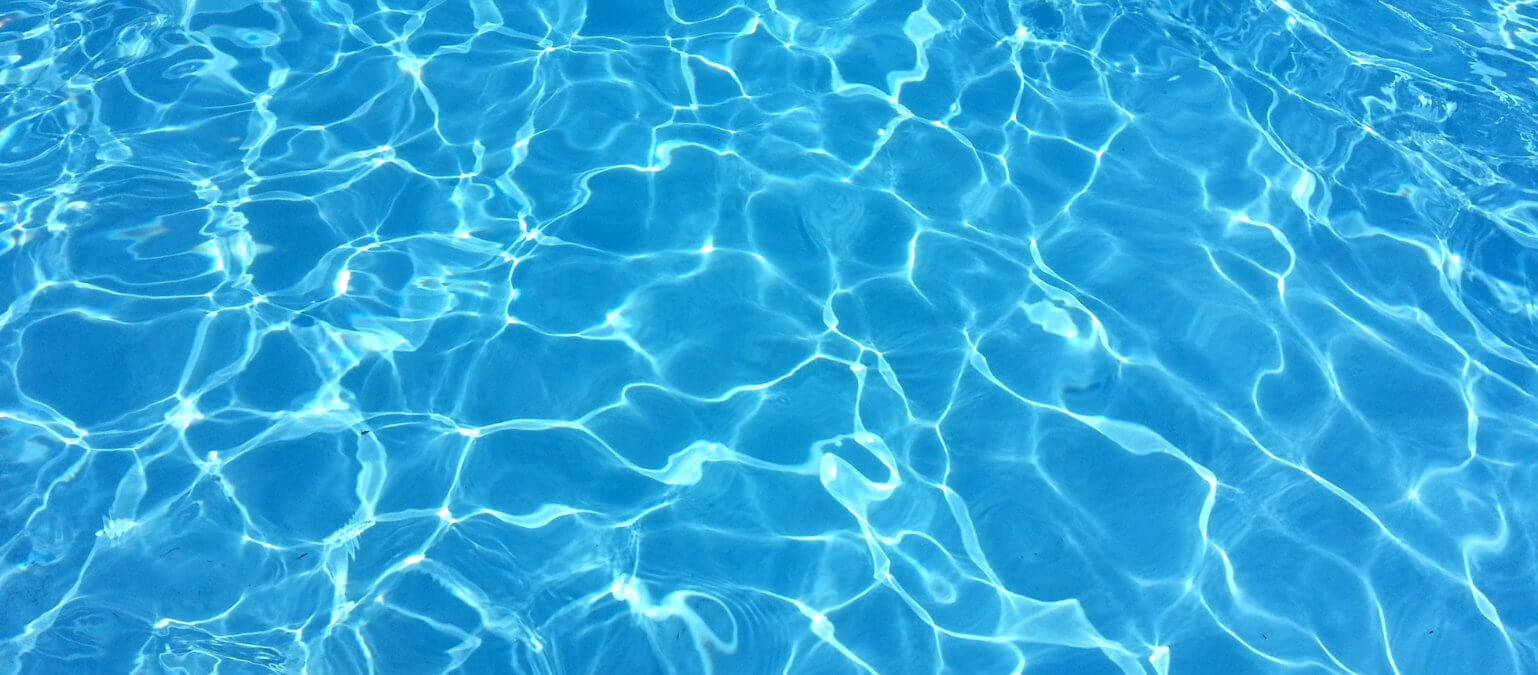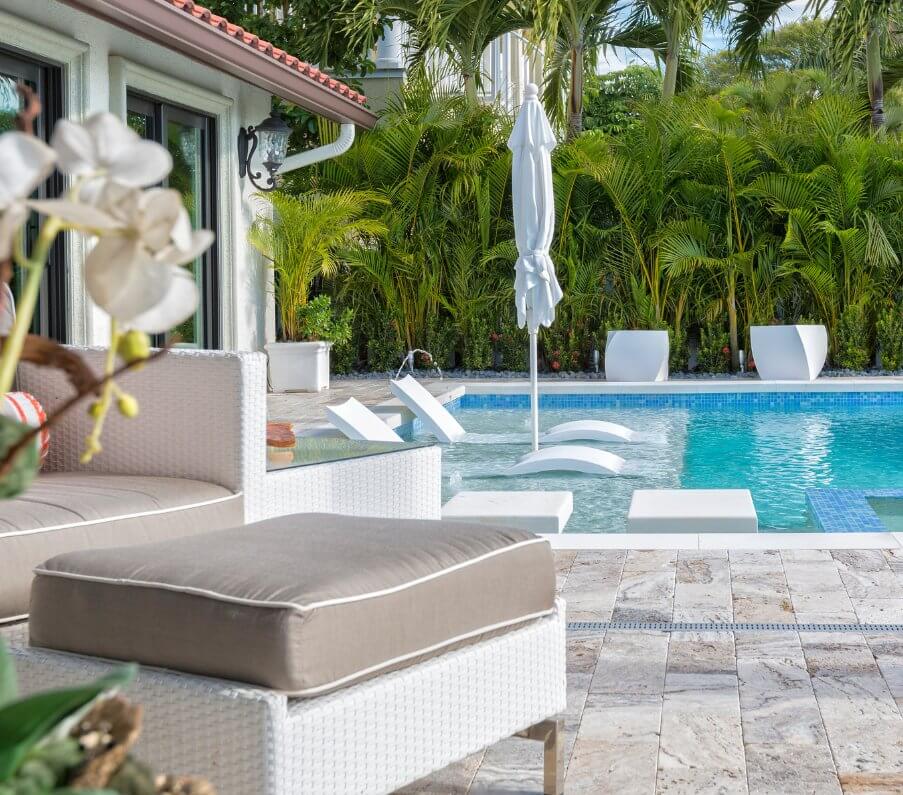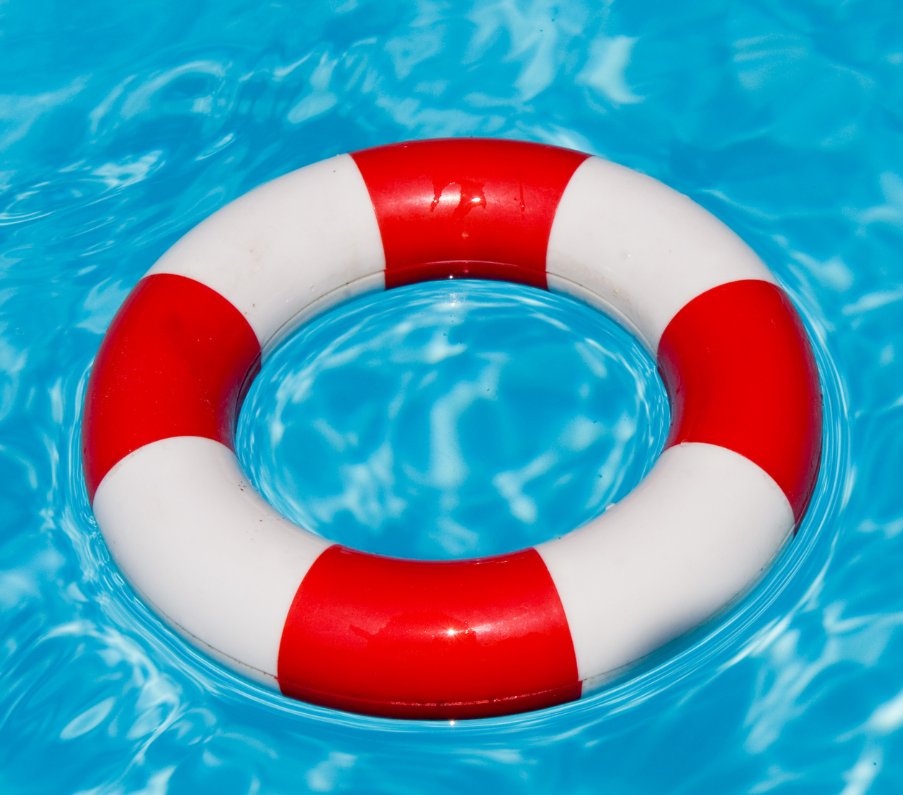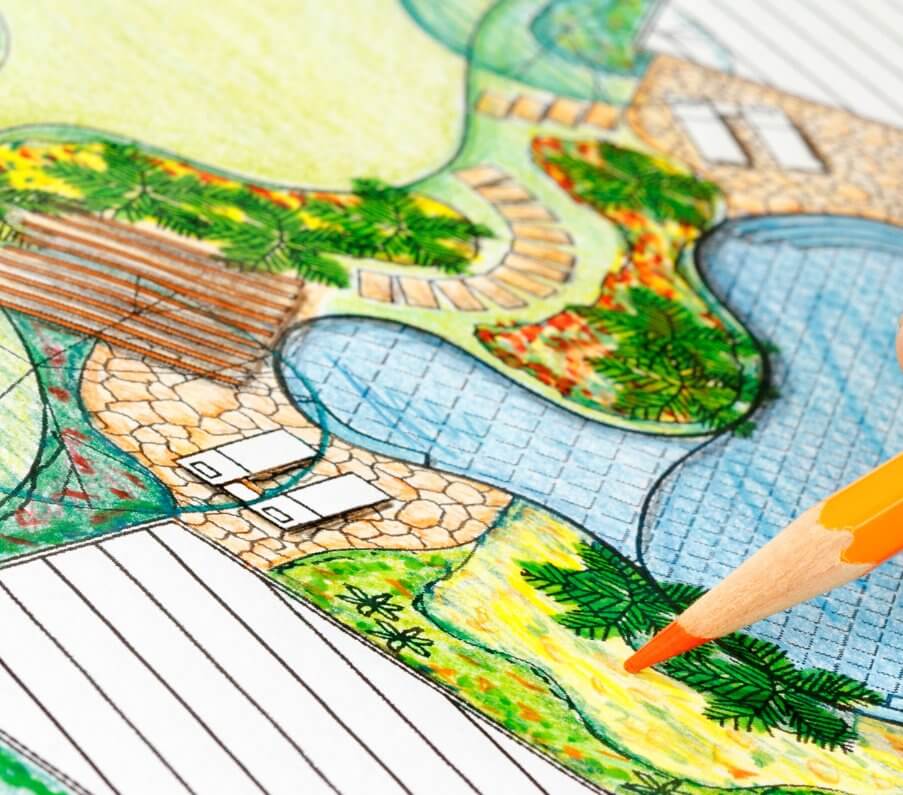When to Repair vs. Replace Your Pool Equipment
Understanding the typical pool equipment lifespan and recognizing the signs of wear can save you time, money, and unnecessary headaches. Learn more below.

Owning a pool brings immense enjoyment, but it also comes with responsibilities—especially when it comes to maintaining your pool equipment. Pumps, filters, heaters, and chlorinators all play essential roles in keeping your water clean, safe, and comfortable. However, like all mechanical systems, pool equipment has a limited lifespan. So how do you know when it’s time to repair a piece of equipment, and when replacement is the smarter choice?
Understanding the typical pool equipment lifespan and recognizing the signs of wear can save you time, money, and unnecessary headaches. In this blog, we’ll guide you through the key factors to consider so you can make informed decisions about your pool system.
Understanding Pool Equipment Lifespan
Every piece of pool equipment has a general expected lifespan. These can vary depending on brand, usage, maintenance, and environmental conditions. Here’s a quick overview of how long common components typically last:
- Pool Pump: 8–12 years
- Pool Filter (Cartridge): 2–4 years
- Pool Filter (Sand or DE): 5–10 years
- Pool Heater: 7–12 years
- Salt Chlorine Generator Cell: 3–7 years
- Automatic Pool Cleaner: 5–7 years
Regular maintenance can extend the life of these components, but no equipment lasts forever. As systems age, they become less efficient and more prone to failure—often when you need them most.
Signs It’s Time for a Repair
Not every issue requires a full replacement. Some equipment problems are minor and can be fixed relatively easily and inexpensively. Here are some signs that a repair may be the right choice:
1. Unusual Noises
A screeching, grinding, or rattling noise coming from your pump or motor could be due to worn-out bearings or a loose component. These are often repairable with the right parts and a skilled technician.
2. Water Leaks
Leaks around the pump, filter, or heater might be due to faulty seals, gaskets, or o-rings. Replacing these parts is a common repair that can restore full functionality without needing to replace the unit.
3. Decreased Performance
If your pool pump isn’t circulating water like it used to or your heater is taking longer to warm the pool, it could be a sign of wear or minor blockage. Cleaning or replacing a specific part may solve the issue.
4. Error Codes or Faulty Sensors
Modern pool systems often have diagnostic displays. An error message could point to a sensor or switch that needs replacing, rather than the entire unit.
5. Recent Purchase
If your equipment is relatively new (less than half its expected lifespan), it’s usually worth repairing, especially if it’s still under warranty.
When Replacement Is the Better Option
While repairs can fix a lot of problems, there are times when replacement is the more cost-effective—and sensible—solution. Consider replacing your pool equipment if you notice any of the following:
1. Frequent Repairs
If you’re constantly calling a technician or DIY-fixing your equipment multiple times a season, the costs and inconvenience can quickly add up. In these cases, investing in new equipment is more efficient long-term.
2. High Energy Bills
Older pool pumps, especially single-speed models, consume a lot of electricity. Newer variable-speed pumps are significantly more energy-efficient and can cut energy costs by up to 80%. Replacing old equipment may offer significant savings.
3. Outdated Technology
Technology in pool systems is evolving rapidly. Smart systems, automation, and energy-saving features are standard in today’s models. If your current equipment lacks these features, upgrading could improve your pool’s functionality and convenience.
4. End of Lifespan
Once your equipment reaches or exceeds its expected lifespan, performance declines and breakdowns become more frequent. At this stage, replacement is often more economical than repair.
5. Major Component Failure
If a pump motor burns out or a heater’s heat exchanger corrodes, replacing the entire unit may be more cost-effective than trying to rebuild it.
Weighing the Costs: Repair vs. Replace
When deciding whether to repair or replace, consider both the cost of the repair and the age of the equipment. A good rule of thumb is the 50% rule: if the repair will cost more than 50% of the price of a new unit and your current equipment is past half its lifespan, replacement is usually the better option.
Let’s look at an example:
- You have a 10-year-old pool heater (expected lifespan: 12 years) that needs a $600 repair.
- A new heater costs $1,200.
- Since the unit is nearing the end of its lifespan and the repair is 50% of the replacement cost, it’s probably wiser to invest in a new heater.
How to Extend the Life of Your Pool Equipment
Whether you choose to repair or replace, proper maintenance is key to getting the most from your investment. Here are a few tips to maximize your pool equipment lifespan:
- Clean Filters Regularly: A clogged filter puts extra strain on your pump and reduces system efficiency.
- Check for Leaks and Cracks: Early detection of small issues can prevent major repairs.
- Maintain Water Chemistry: Balanced water reduces corrosion and scale build-up in your heater and pump.
- Schedule Seasonal Inspections: Professional checks before and after swim season help catch wear-and-tear issues early.
- Use Equipment as Intended: Don’t run your pump 24/7 or try to heat your pool in freezing weather unless it’s rated for it.
Final Thoughts
Deciding whether to repair or replace pool equipment doesn’t have to be a guessing game. By understanding pool equipment lifespan, recognizing early warning signs, and comparing costs, you can make decisions that protect both your pool and your budget.
Regular maintenance and proactive upgrades ensure your pool remains a place of relaxation—not frustration. When in doubt, consult us at Duck Pool & Spa today to help evaluate your equipment’s condition and guide you toward the most cost-effective solution.




